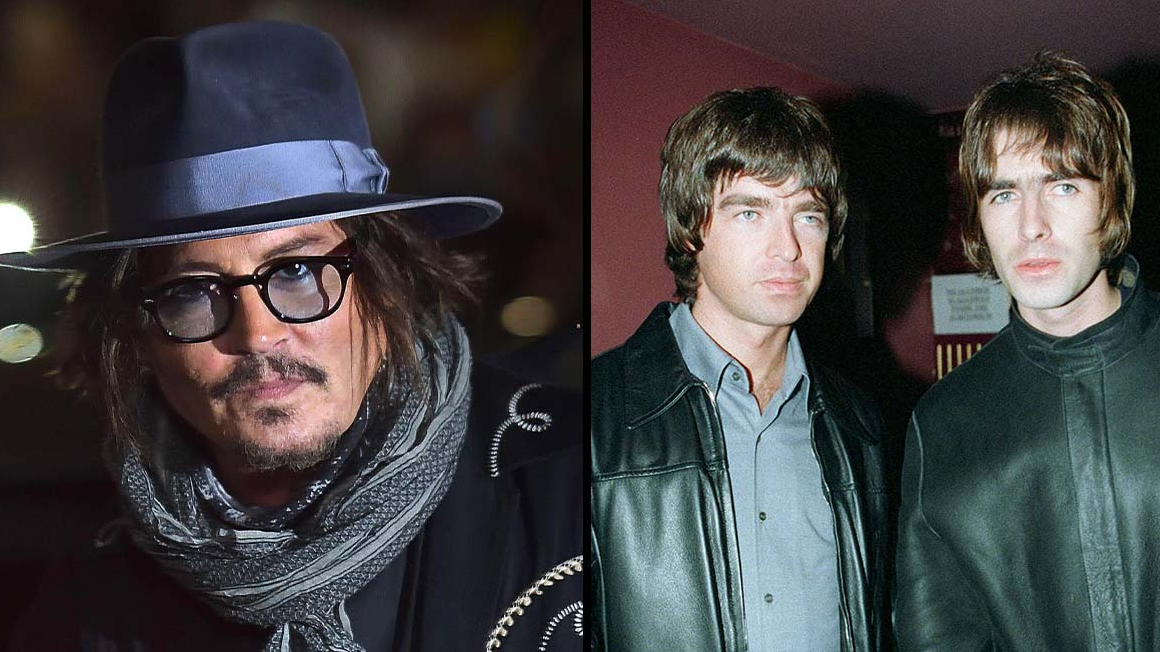During the 1990s, Oasis were among the biggest bands in the world and definitely in the UK. As they now return for their reunion, it proves that the notion may still be in effect. The Manchester Britpop outfit rose to prominence in 1994 following the release of their successful debut album, Definitely Maybe, and have gone from strength to strength as a cultural behemoth through a series of follow-up records and their wildly addictive personalities.
But while the tweets and jibes may have forever burned the Gallagher brothers into the collective consciousness, it was their debut LP that really lit the touchpaper. The album was home to catchy classics, including ‘Supersonic’, ‘Slide Away’, ‘Live Forever’, and ‘Cigarettes and Alcohol’. Buoyed by its hit anthems and Liam Gallagher’s iconic raspy vocals, the album immediately skyrocketed to number one in the UK Albums Chart. It became the fastest-selling record album in Britian at the time.

The album also sold well in the US, achieving platinum status and soon feeding the already gigantic egos of the Gallagher brothers. Oasis consolidated their hold on the charts with the release of their follow-up LP (What’s the Story) Morning Glory? in 1995. The album showed Noel focusing on the successful elements of the debut album as he created a collection of anthemic ballads. He once explained that he wanted to focus on “huge choruses” that would linger in the listener’s mind long after the airwaves rumbled their eardrums. The LP marked the peak of Oasis’ success as they made their first significant dent in America.
The band’s success in the mid-1990s propped them up on a wave that they would ride through a series of increasingly mediocre albums before their breakup in 2009. Many critics regard Oasis’ first two albums as the pinnacle and their third album, 1998’s Be Here Now, as a disappointment. In my humble opinion, the album has been harshly knocked, and I would place the real decline in quality at the turn of the millennium with Standing On The Shoulder Of Giants. But that hasn’t changed the collective opinion on the group’s third record.
Be Here Now continued Noel’s successful formula for anthemic stadium pleasers with hit tracks like ‘Stand By Me’ and ‘All Around The World’. But one of the most interesting moments on the record is ‘Fade In-Out’. Not only is the song one of the most intriguing on the album with its slide guitar tracks, but the person responsible for the slide guitar wasn’t Noel as it should have, and previously always had, been.
As the biggest rock group in the world in the late 1990s, it would seem only natural that Oasis would hang around with Hollywood film stars. Among their close Hollywood friends was none other than Johnny Depp. Depp had spent a great deal of time in the UK in the mid-1990s as he had been in a relationship with British supermodel Kate Moss. Moss and Depp broke up in 1997, but he remained a close friend of the Gallagher brothers and joined them during the recording sessions for Be Here Now.
During one of the sessions, Noel was allegedly too drunk to play the guitar for ‘Fade In-Out’. As a result, Depp stepped up to the mark and contributed the brilliant slide guitar sections heard on the track. The track also featured a rare moment of Noel screaming down the mic: “Me and Liam did a scream. We had to take a week off afterwards. It was awful. If you hear it on the record, it’s put through a harmonizer and it sounds… it wasn’t very good. I’m closing my eyes now and thinking of it and I’m thinking it’s not very good.”
But this wasn’t Depp’s first contribution to Oasis’ catalogue; he also featured on the six-string on Oasis’ lesser-known non-album song, ‘Fade Away (Warchild Version)’, which appeared on the 1995 compilation The Help Album. This song also included a tambourine contribution from Moss.




